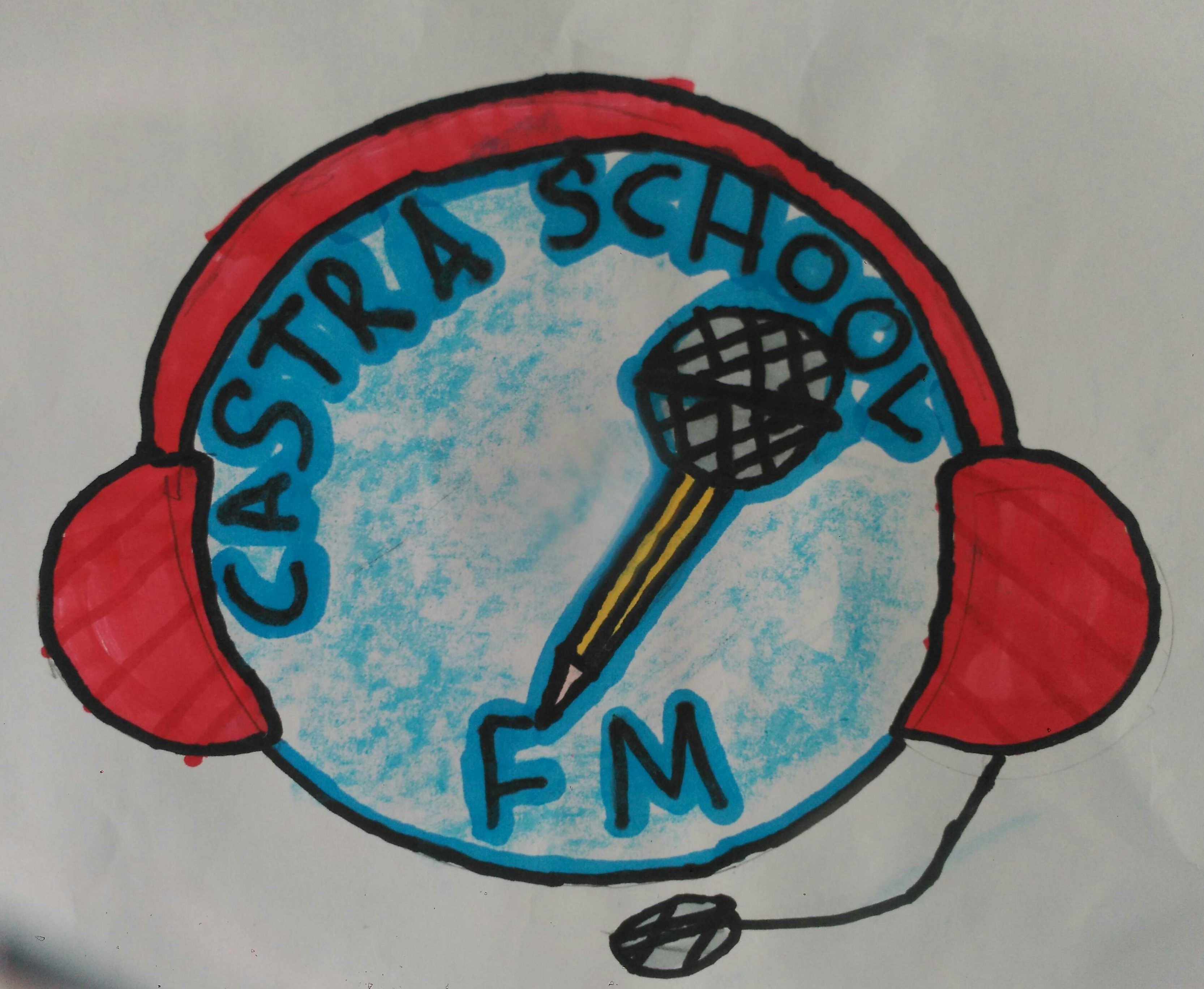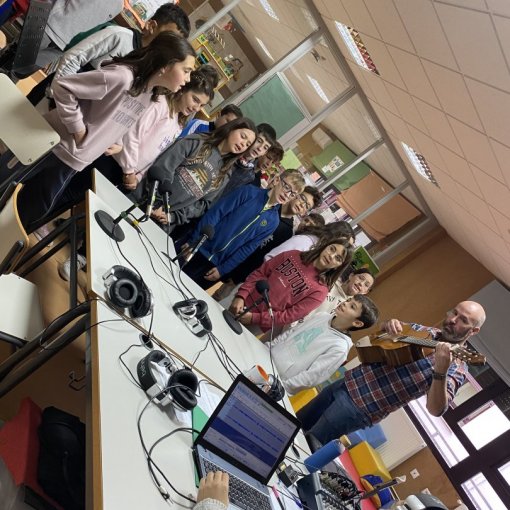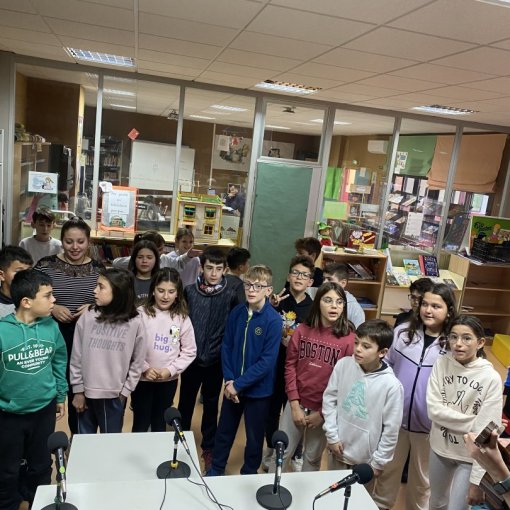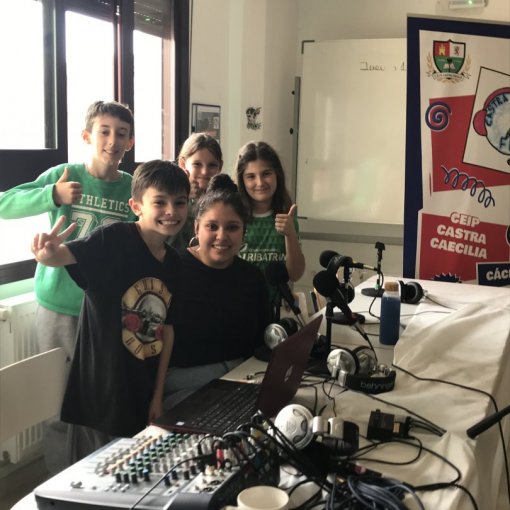Profesorado participante: Cristina Sáez y María Guerrero
Descripción del programa: The teachers María Guerrero and Cristina Sáez have just returned from a «Job shadowing» in Deinze (Belgium). In this new Erasmus experience, they have observed the methodologies of Sint Hendrck School. During their stay there, they recorded this program with the headteacher of the school.
Duración total: 8:29 Género: Entrevista Edición: María Guerrero Música: Clarinet Concerto In A major, K622 (Adagio) W. A. Mozart
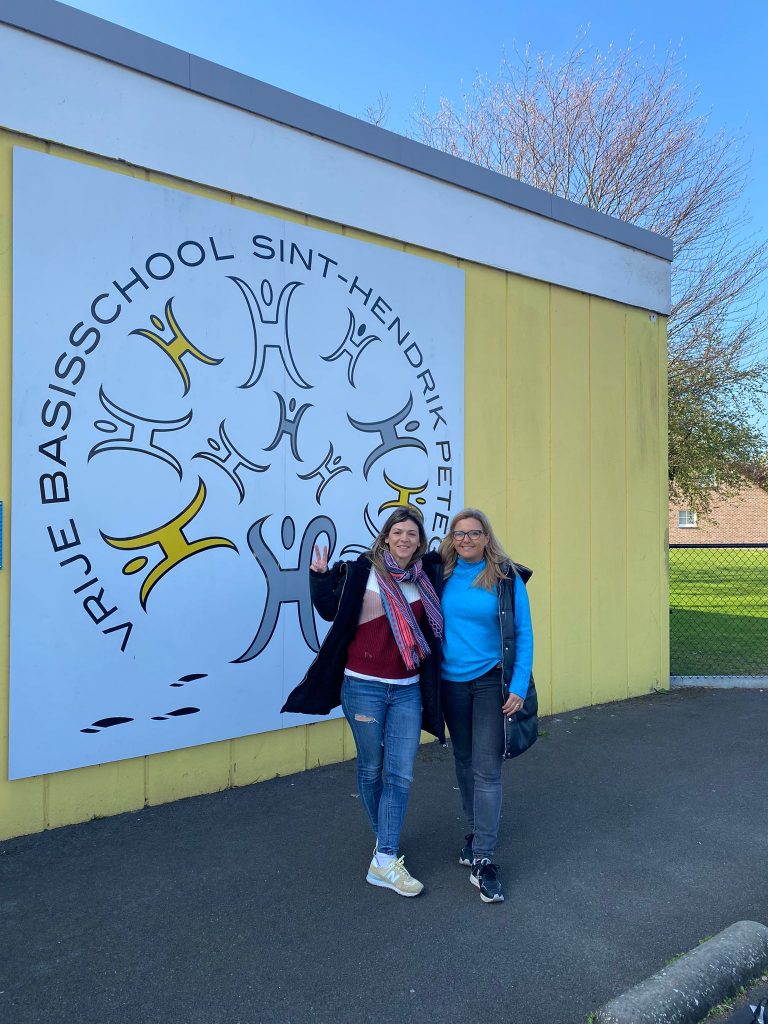
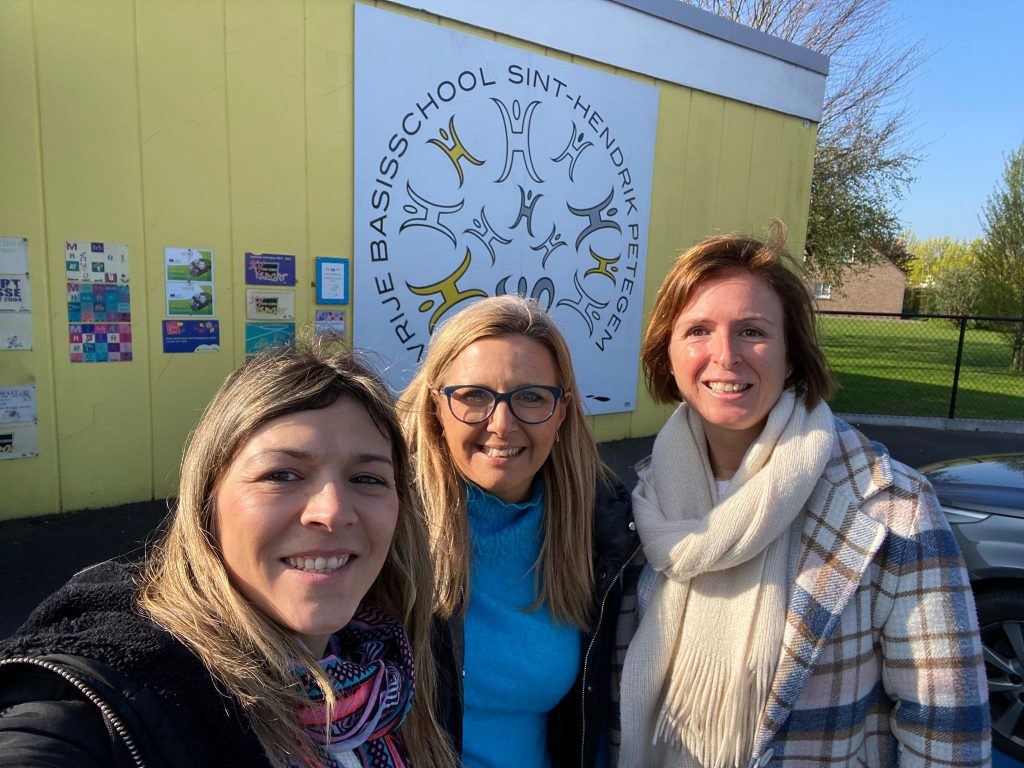
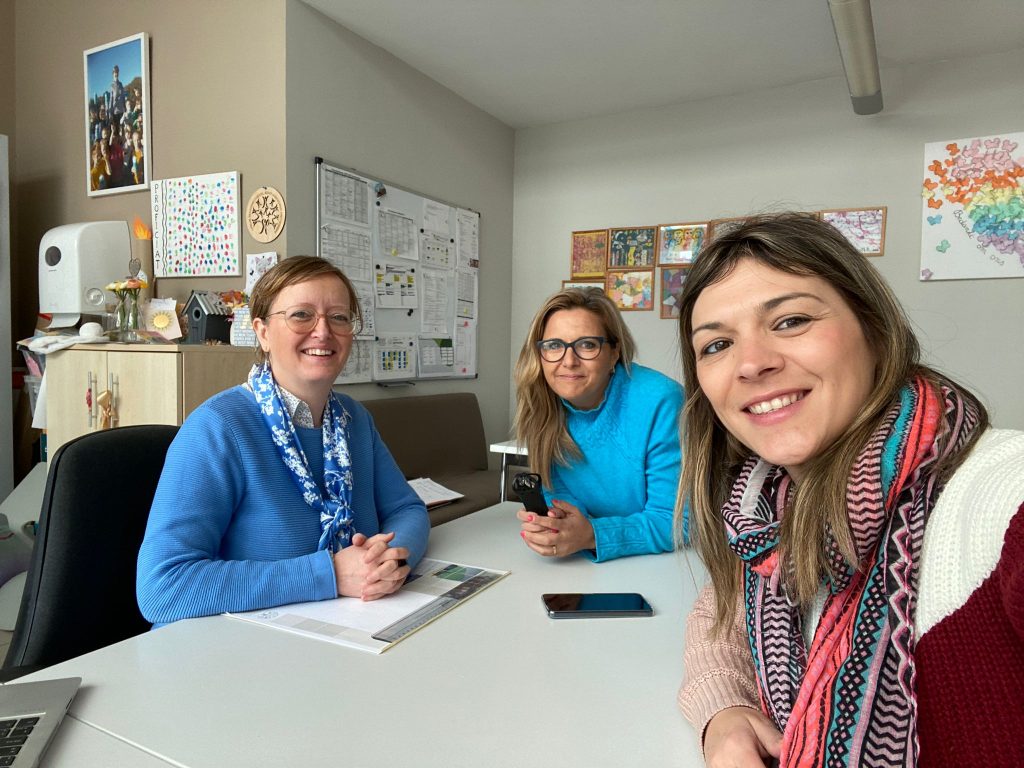

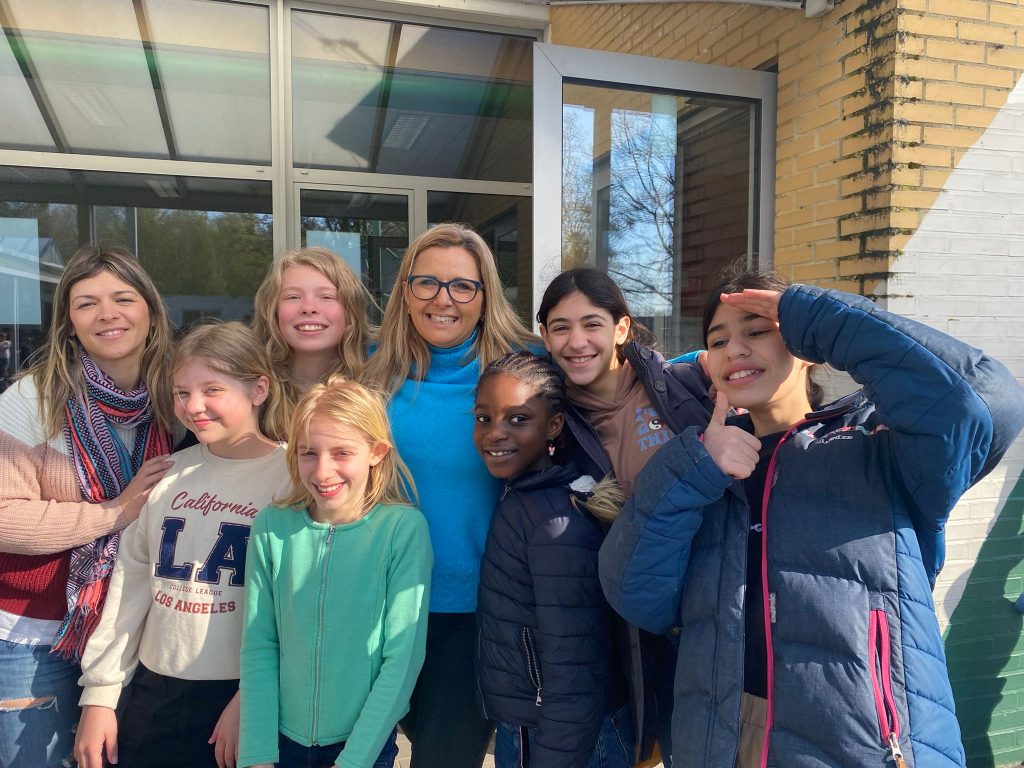
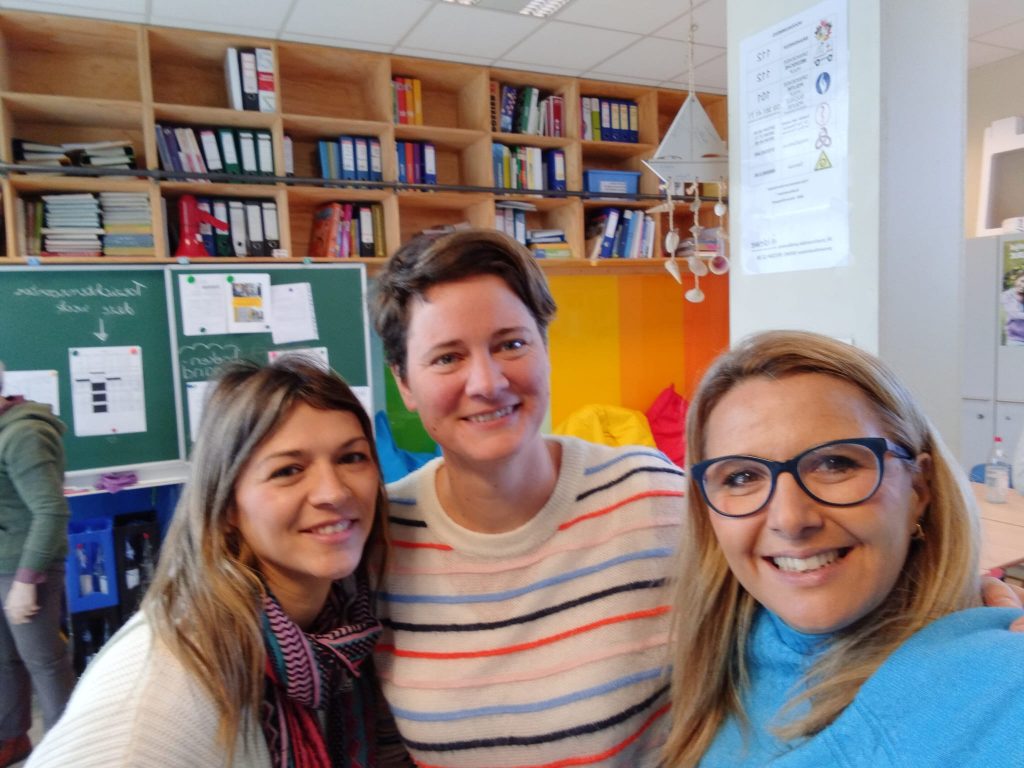
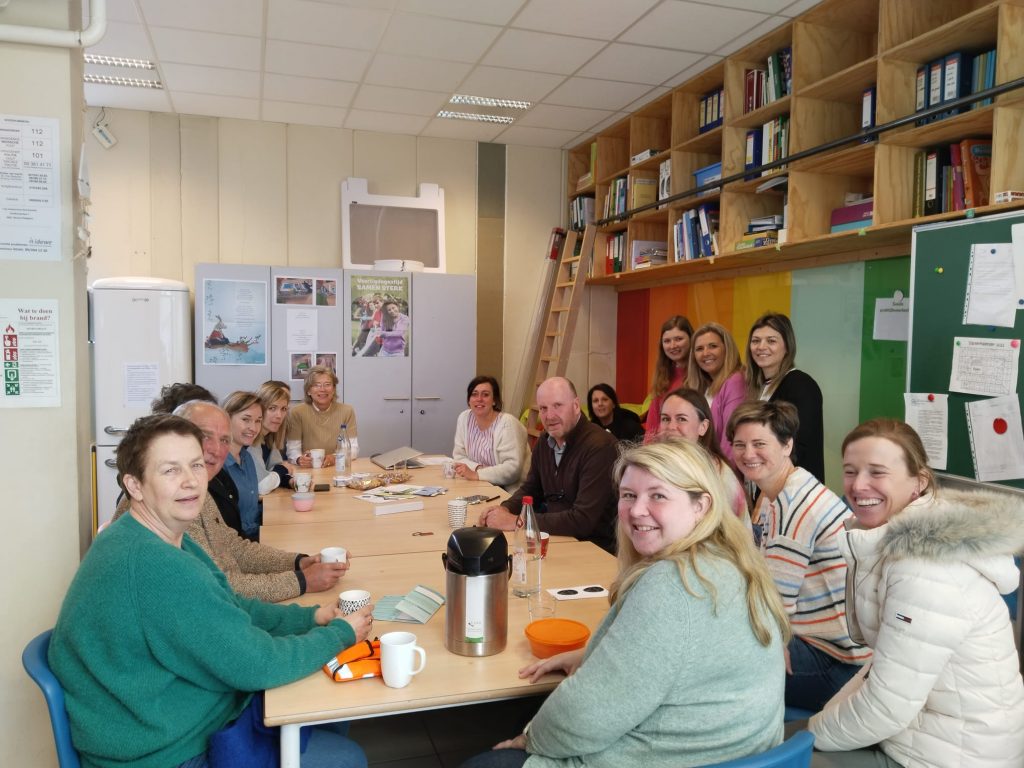
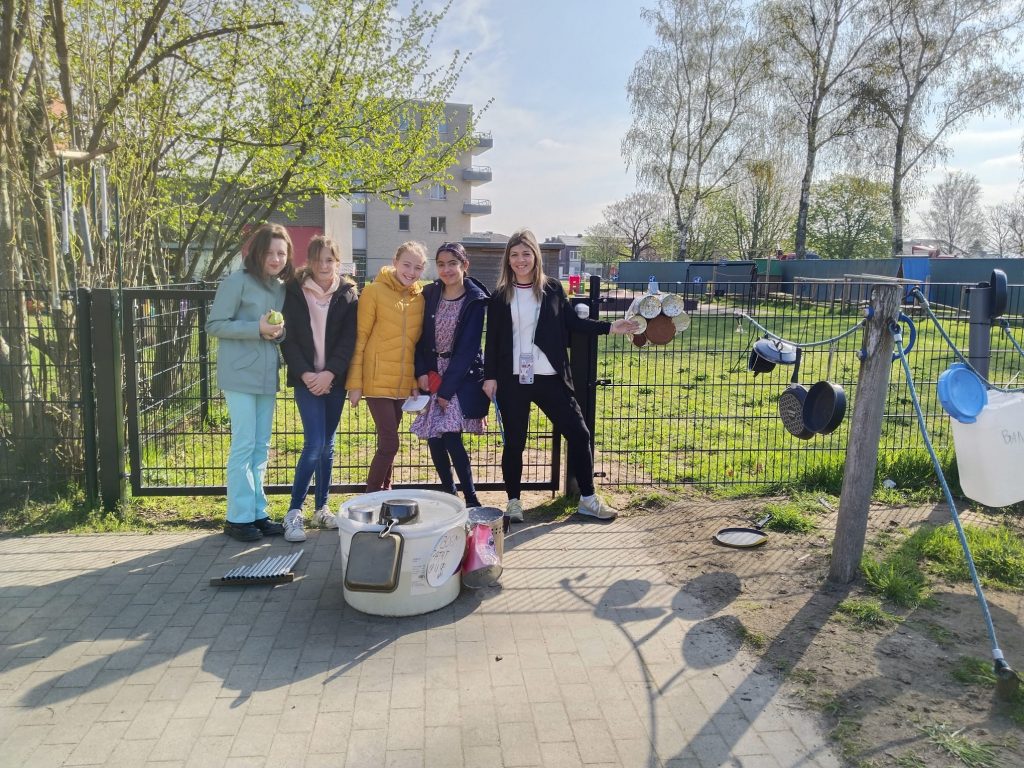
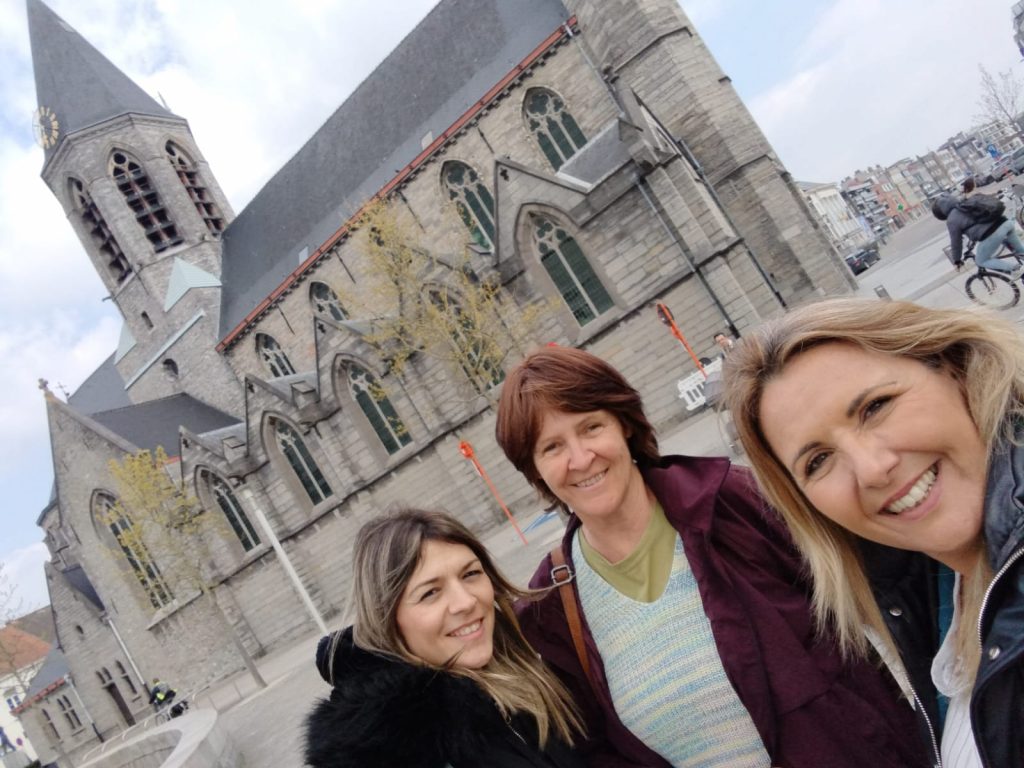
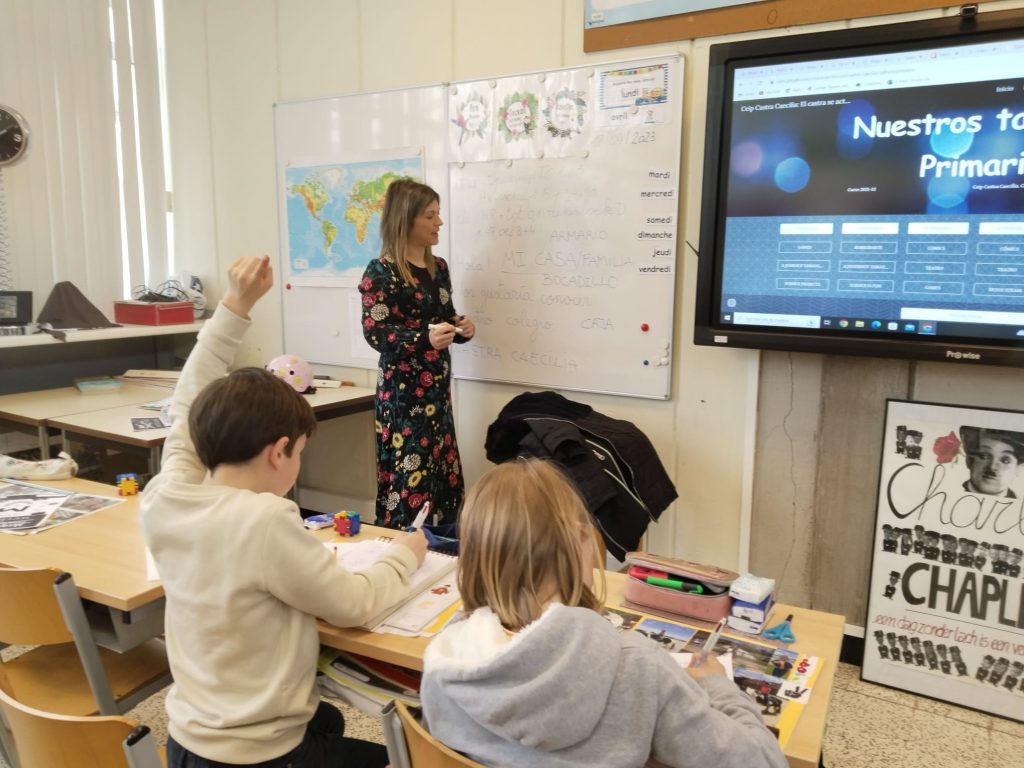
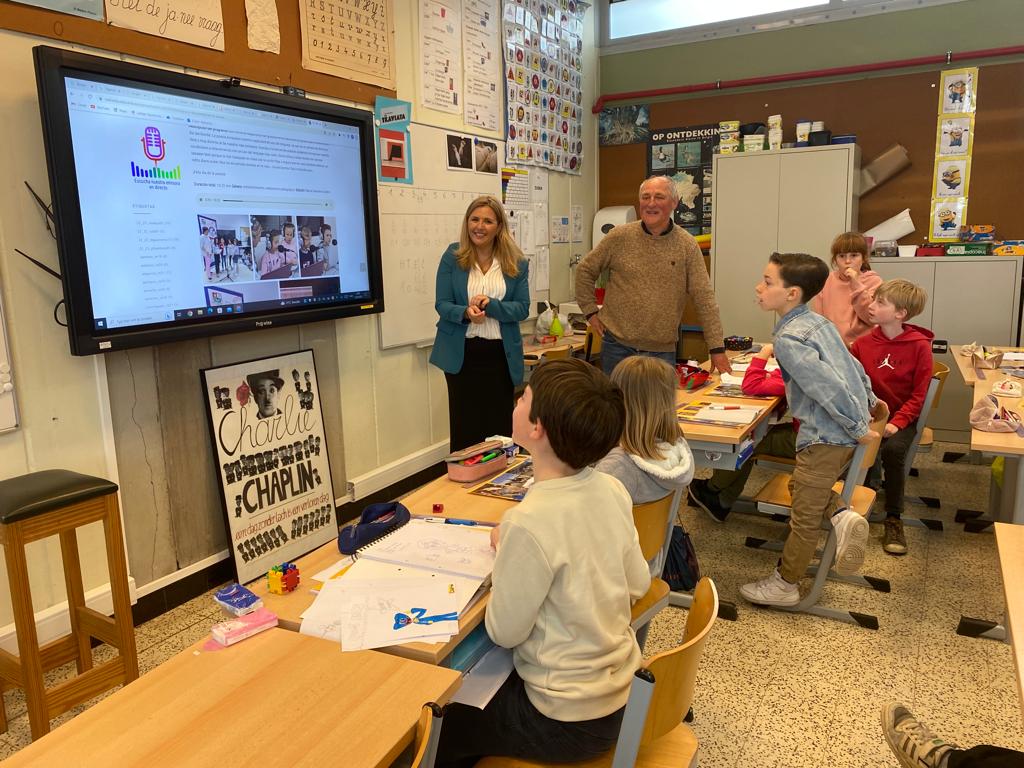
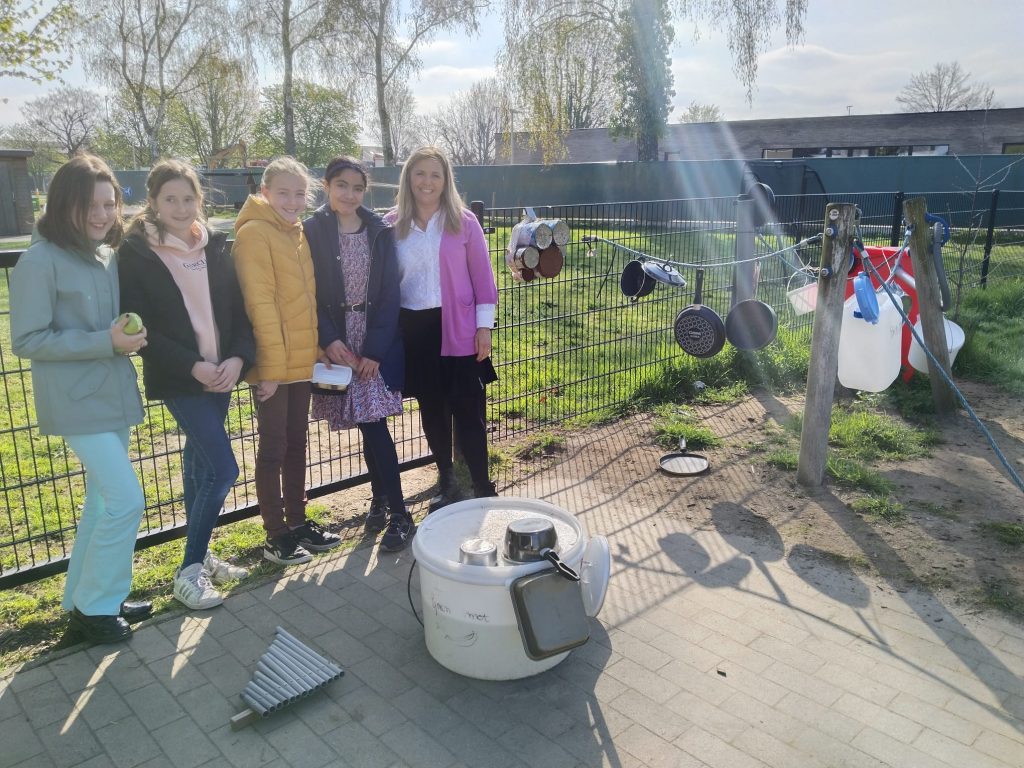
BELGIAN EDUCATIONAL SYSTEM
Member State of the European Union whose capital, Brussels, is also the main administrative headquarters of the Union and headquarters of NATO, a multilingual country that consists of three communities defined by as many official languages, Flemish (or Dutch), French and German, whose coexistence has generated not a few political and social tensions. Belgium is a country as famous as , basically, little known in depth in many of its aspects. This is the case of its educational system, We are going to tell you about some of the most important characteristics of Belgian educational system.
Education is compulsory from 6 to 18 years, although many Belgian students continue their studies until the age of 23 or so. Howeer, children can start their preschool stage with 2 and a half years. Compulsory schooling is divided in primary and secondary. Primary school covers all students from 6 to 12 years old, and consists of three cycles of two years each. The secondary one, which goes from 12 to 18 years old, starts from a base that varies depending on the area in which it is taught. In the French-speaking area, this level allows students to choose between two possible options: three cycles of two years or two cycles of three years. The first of the two options, mostly chosen by students, is the only one available in the German and Flemish-speaking areas of the country. In addition, secondary school can be given in four different ways: general, technical, artistic and professional.
Non-compulsory higher education is divided into two possible paths: university and non-university. University higher education implies a minimum of four years of study, while non-university education is organized into two different types: short, which is predominant in German-speaking communities and includes study cycles of 3 or 4 years, and the long one (very similar to university higher education). This non-higher education includes learning in agronomy, decorative arts, economics, health, pedagogy, social affairs, technical studies, and translation and interpretation.
Belgian education is divided into two possible options, a secular and a religious one.
A significant majority of Belgian schools are public: 95% of the country’s educational funds come from the state, while only the remaining 5% comes from the private sector.
Formal and informal education has an important presence during the adult life of Belgian citizens. In the case of the Flemish region of the country, Flanders, for example, 49% of adults continue to train in one way or another and without any kind of obligation.
